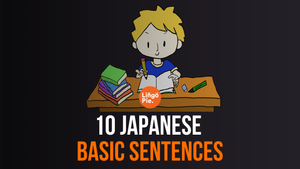Do you love Japan and its culture? If so, did you know that there is a holiday on November 3rd that celebrates the culture of Japan? In this article, we'll take a look at Bunka no Hi 文化の日 or Culture Day, its origins and activities that Japanese people usually do in this celebration. I'm a fan of everything related to Japanese culture and culture in general and I love when it's shown to others and recognized.
At some point in the article, we'll see some vocabulary related to this holiday, and how you can celebrate it while learning Japanese words. Without further ado, let's start!
Tanabata Festival Guide +15 Japanese Words You Should Know
Gion Matsuri Guide +15 Useful Japanese Words You Should Know
Halloween In Japan: A Gaijin's Guide To 6 Spooktacular Traditions

What is Culture Day and what kind of activities do people do?
It is a public holiday that's celebrated every year on November 3rd to promote culture, art and academic endeavor. During this day, traditional festivals and parades are held all throughout the country, where you can appreciate stunning performances and beautiful colorful costumes.
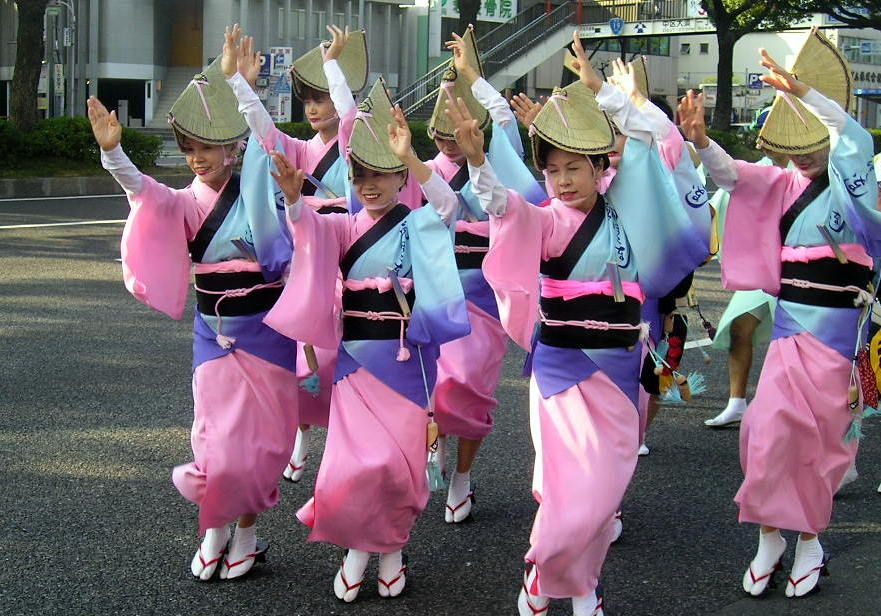
One of the most famous events that's held on Bunka no Hi is the award ceremony known as Bunkakunshō 文化勲章 or Order of Culture, which takes place at the Tokyo Imperial Palace. In this particular event, people who contributed to culture, art, science and knowledge are recognized by ministers of their respective field. For instance, the Minister of Science gives an award to a person that contributed to science and so on. What's interesting about this award is that it not only recognizes Japanese citizens, but also people worldwide, like the Apollo 11 astronauts.

What's more, historical museums and art galleries offer free admission so people can explore Japan's history, art and heritage. Festivals are held on schools where students take part and NHK (Nihon Hōsō Kyōkai 日本放送協会), one of the main TV broadcasters in Japan, offers the All Japan Kendo Championship (Zennihon Kendō Senshuken Taikai 全日本剣道選手権大会), held at the Nippon Budokan.
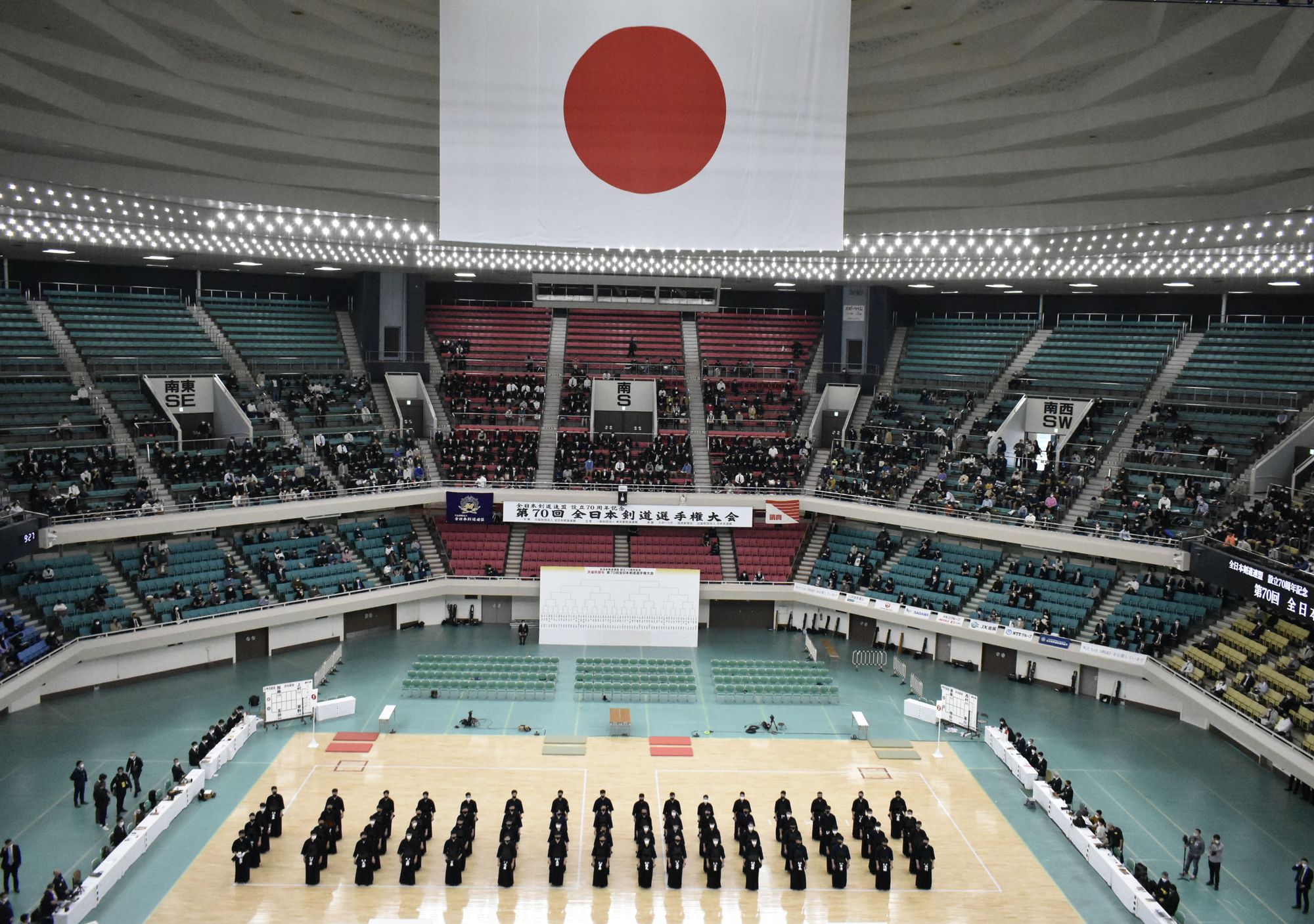
The main event: the Order of Culture or Bunkakunshō.
Created on February 11, 1937. the Japanese Order of Culture has one class only, and awards men and women that contributed to the arts, science, knowledge and everything related to culture in general. Recipients of the order also receive an annuity for life, and the Emperor himself awarded them on Culture Day.
The badge of the order has the form of a Tachibana orange blossom and the central disc bears three crescent-shaped jades called magatama 勾玉. The badge is suspended on a gold and enamel wreath of mandarin orange leaves and fruit, which is in turn suspended on a purple ribbon worn around the neck.
Receiving this distinction is very important because of its high rank: it's equivalent to the Order of the Rising Sun, the Order of the Sacred Treasure, and the Order of the Precious Crown.
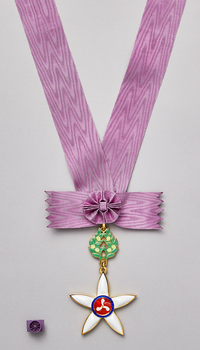
A brief history.
Culture Day wasn't always known by that name. In fact, it all started back in 1868, the year when the Meiji Era (Meiji Jidai 明治時代) started, and it was called as Tenchō-setsu 天長節. Not only the name was different, but also its purpose: it celebrated the Emperor Meiji's birthday. Meiji Era was also important for Japan because it opened the country's borders to the world after centuries of isolation during the Edo Era (江戸時代, 1603-1868) and it made possible the modernization of Japan in politics, economy, society, science, etc.
However, in 1912, after the death of Emperor Meiji, the holiday was put on hold and it wasn't until 1927 when it was put again on the calendar as a holiday under a new name and purpose: Meiji-setsu 明治節, a national holiday to commemorate Emperor Meiji's legacy.
Following the end of World War II and the defeat of Japan, the holiday was put on hold again in 1948 with the creation of today's Culture Day to commemorate the creation of the post-war Japanese Constitution (Sengo Kenpō 戦後憲法) on November 3rd, 1946.

How to celebrate Culture Day.
You can celebrate Bunka no Hi by going to the events and celebrations or taking part in them. However, if you aren't in Japan, you can do something traditionally Japanese. For example, decorating your house with Japanese decorations, doing origami (折り紙, paper folding) or eating Japanese food.
Culture Day celebrations and festival are held all around the globe, so you can also go to them wherever you are and feel the Japanese spirit.
Vocabulary to celebrate Culture Day.
Here is a brief list of words used during Culture Day.
- Bunka 文化, "Culture".
- Dentō 伝統, "Tradition".
- Geijutsu 芸術, "Art".
- Tenrankai 展覧会, "Exhibition" (especially, an art exhibition).
- Kimono 着物, "Kimono".
- Shodō 書道, "Shodo, the art of calligraphy".
- Budō 武道, "Budo, martial arts"
- Kendō 剣道, "Kendo, Japanese fencing".
- Sadō/chadō 茶道, "Tea Ceremony".
- Wafuku 和服, "Japanese clothing".
- Wagashi 和菓子, "Japanese sweets".
- Wabunka 和文化, "Japanese culture".
- Nihonga 日本画, "Japanese painting".
- Bunkasai 文化祭, "Cultural festival".
- Haiku 俳句, "Haiku, Japanese poetry".
Learn Japanese culture and language with Lingopie.
Japanese Culture Day is a great and fascinating holiday to celebrate Japanese culture and to recognize people that work hard for the development of arts, science and knowledge. Although it's a Japanese national holiday with Japanese traditions, this doesn't mean we can't also celebrate our own culture and recognize those who contribute to the welfare of our country and the world.
Now you know about Culture Day, you can learn more about Japanese culture and language by watching real and great TV shows from Japan with Lingopie. Lingopie is the only language learning platform and app that offers you the chance of watching your favorite TV shows while learning Japanese.
What's more, you can also book group or private lessons with our professional teachers and tutors and learn Japanese with situation-driven lessons based on the shows you watched.
If you want to learn Japanese, sign in and start your trial for free now!
Bye for now!

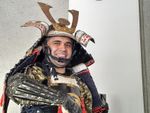
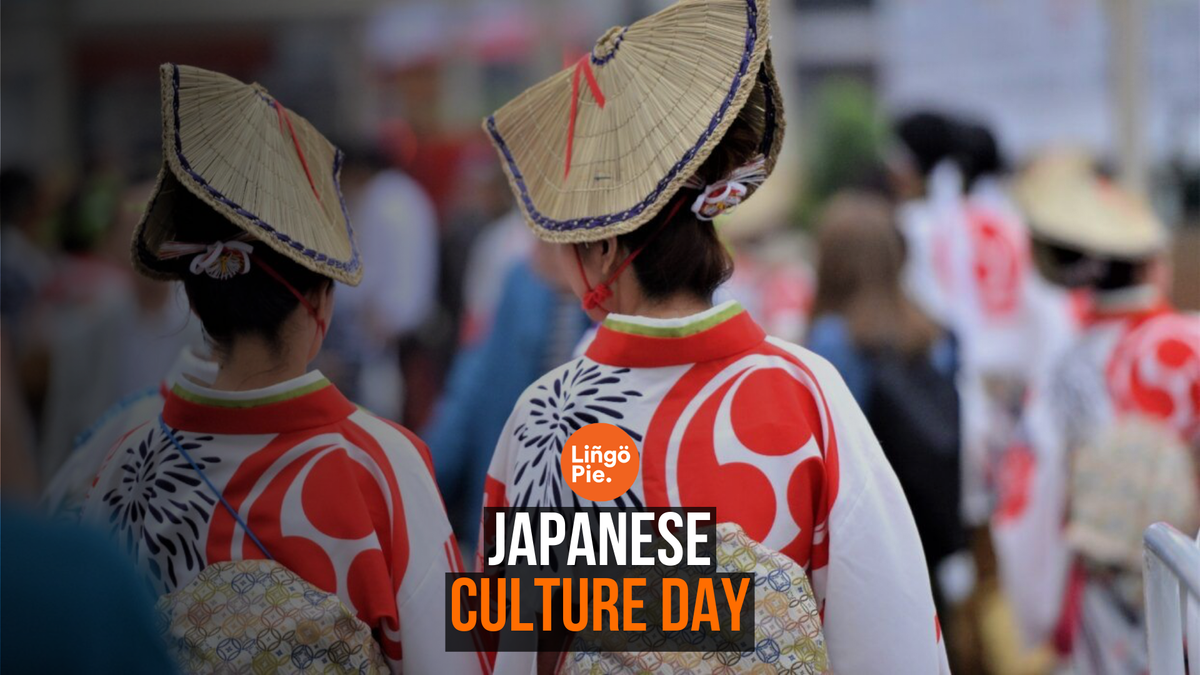



![How To Use Mo (も) Particle In Japanese Grammar [Guide]](/blog/content/images/size/w300/2025/06/How-To-Use-Mo-----Particle-In-Japanese-Grammar.jpg)

